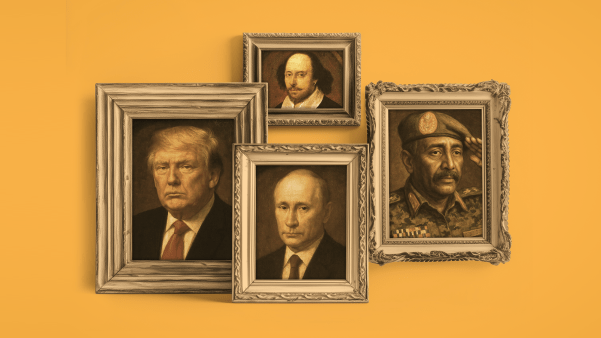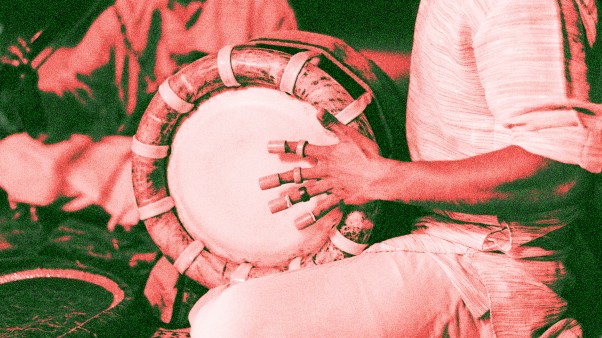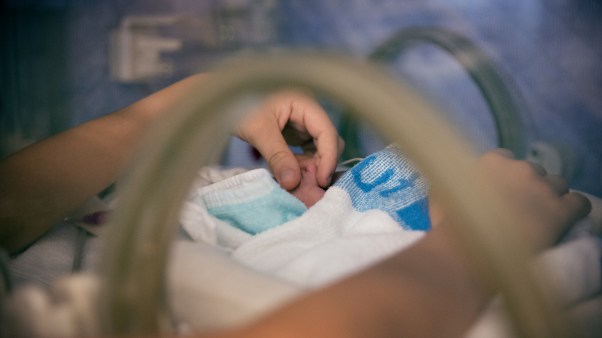Two Icons
I. Nativity
As you lean in, you’ll surely apprehendthe tiny God is wrappedin something more than swaddle. The God
is tightly bound withinHis blesséd mother’s gaze—her face declaresthat she is rapt by what
she holds, beholds, reclines beholden to.She cups His perfect headand kisses Him, that even here the radiant
compass of affectionis announced, that even here our severalhistories converge and slip,
just briefly, out of time. Which is much of whatan icon works as well,and this one offers up a broad array
of separate narrativeswhose temporal relations quite miss the point,or meet there. Regardless,
one blithe shepherd offers music to the flock,and—just behind him—therehe is again, and sore afraid, attended
by a trembling companionand addressed by Gabriel. Across the ridge,three wise men spur three horses
towards a star, and bowing at the icon’snearest edge, these same threeyet adore the seated One whose mother serves
as throne. Meantime, stumped,the kindly Abba Joseph ruminates,receiving consolation
from an attentive dog whose master mayyet prove to be a holymessenger disguised as fool. Overhead,
the famous star is allbut out of sight by now; yet, even so,it aims a single ray
directing our slow pilgrims to the corewhere all the journeys meet,appalling crux and hallowed cave and womb,
where crouched among these otherlowing cattle at their trough, our travelersreceive that creatured air, and pray.
II. Dormition
Most blessed among all women and amongthe mass of humankind,in this fraught image our mother is asleep.
She lies arms crossed and, notably, acrossthe spacious foregroundupon an altared bed, her head upraised
upon a scarlet robe,and we surround her strange repose perplexedby grief that couples homage
nonetheless. Not we, exactly, but our holyantecedents, whose brightnimbi gleam undimmed despite their weeping.
Here again the icon servesto limn the artifice of time, drawingto this one still point a broad
synaxis of the blessed, including somewhose souls unbodied havepreceded her to Paradise. Most are bent
in sorrow; several raise a hand to meetfresh tears. They mourn the diresevering of blesséd soul from blesséd body.
Leaning in, Saint Peterlifts the censer with a prayer. Saint Andrewnearly falls upon the bier.
Saint James Alpheus looks away, or looksfor solace to Saint Luke,whose eyes—like those of Saints Heirtheus
and adjacent brother James—direct us to the cupola behind our grief,from which the risen Christ
attends the mother’s solemn funeraleven as he bears hergleaming spirit in his arms, where she,
so meek the weeping pilgrim might have missed her,rests swaddled in her shroud,waiting to be borne to Him, and bodily.
Scott Cairns is the author most recently of Philokalia: New and Selected Poems (Zoo Press).
Copyright © 2002 by the author or Christianity Today/Books & Culture magazine. Click here for reprint information on Books & Culture.









